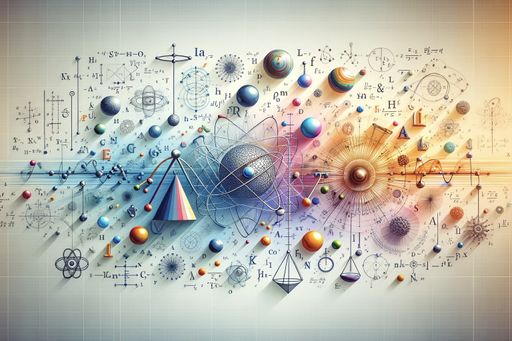Scientists Make Breakthrough in Quantum Computing by Reversing Time in a Quantum Computer
Physicists at Princeton, Harvard and MIT have successfully linked together two molecules in special quantum states, advancing the study of quantum computing.

Understanding Quantum Computing and Superposition
Quantum computing is a revolutionary field that leverages the principles of quantum mechanics, such as superposition, to perform computations. Unlike classical computers that use binary code (0s and 1s), quantum computers use quantum bits (qubits) that can exist in a superposition of both 0 and 1 states at the same time.
To visualize this concept, think of classical computer bits as being restricted to the North and South Poles on a sphere, while quantum bits can explore the entire surface of the sphere, including the equator, due to superposition. This ability to exist in multiple states simultaneously forms the basis of quantum computing.
In order to be useful, a quantum computer needs to have many qubits. When multiple qubits are entangled, they can create a large superposition of inputs and perform parallel computations, surpassing the capabilities of classical computers.
Creating Controllable States of Entanglement
One of the challenges in quantum computing is creating controllable states of entanglement. Entanglement is a bizarre phenomenon where two particles remain linked even when separated across large distances. In the past, small particles like photons and ions have been entangled, but now researchers have successfully entangled larger molecules.
Two separate studies conducted by Princeton and Harvard-MIT teams demonstrated the induction of entanglement in these larger molecules. The Princeton team used laser-cooling technologies to slow down the molecules and carefully placed them in a specific configuration. By separating these molecules into pairs, the researchers were able to produce controlled entanglement between them.
Similar results were achieved by the Harvard-MIT team, leading to the validation and reliability of the research. These breakthroughs in inducing entanglement in larger molecules open up new possibilities for quantum computing and physics research.
Applications and Future Implications
The successful entanglement of larger molecules has implications beyond quantum computing. It could allow laser cooling techniques, which are effective for atoms, to be applied to more complex molecules. Additionally, entangling more massive objects like molecules can enhance precision measurements on gravity and explore the impact of entanglement on collisions and chemical reactions.
Furthermore, these breakthroughs may lead to practical applications using entangled molecules as building blocks. As the field of molecular tweezer arrays for quantum science expands, the possibilities for future applications will continue to grow.
Overall, these developments in quantum computing and entanglement provide a foundation for advancing research, technology, and scientific understanding.



